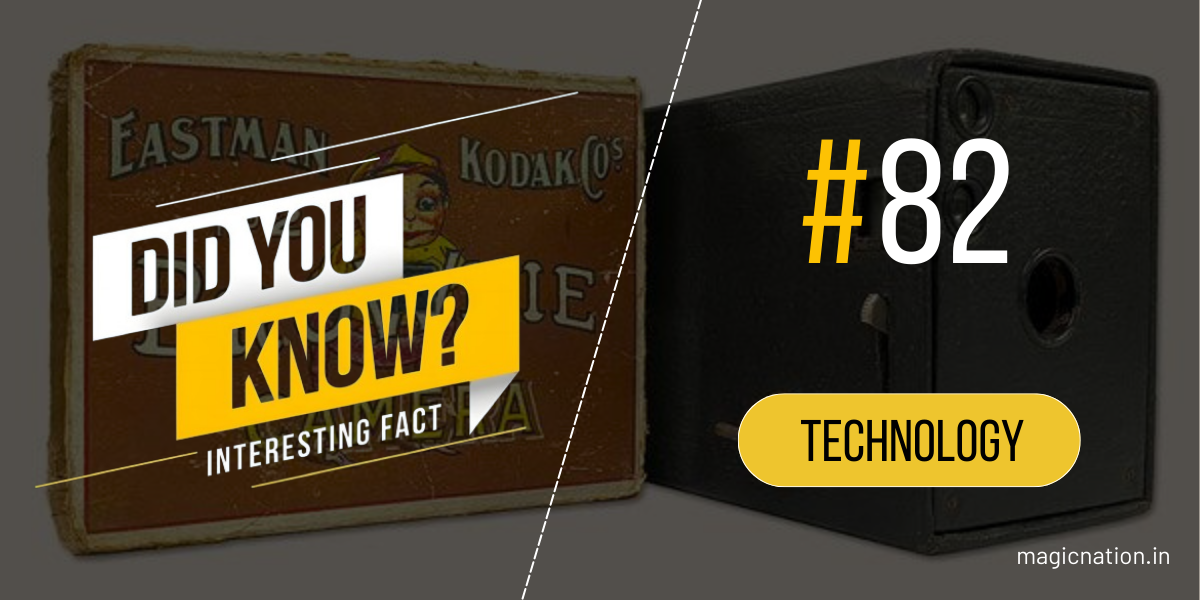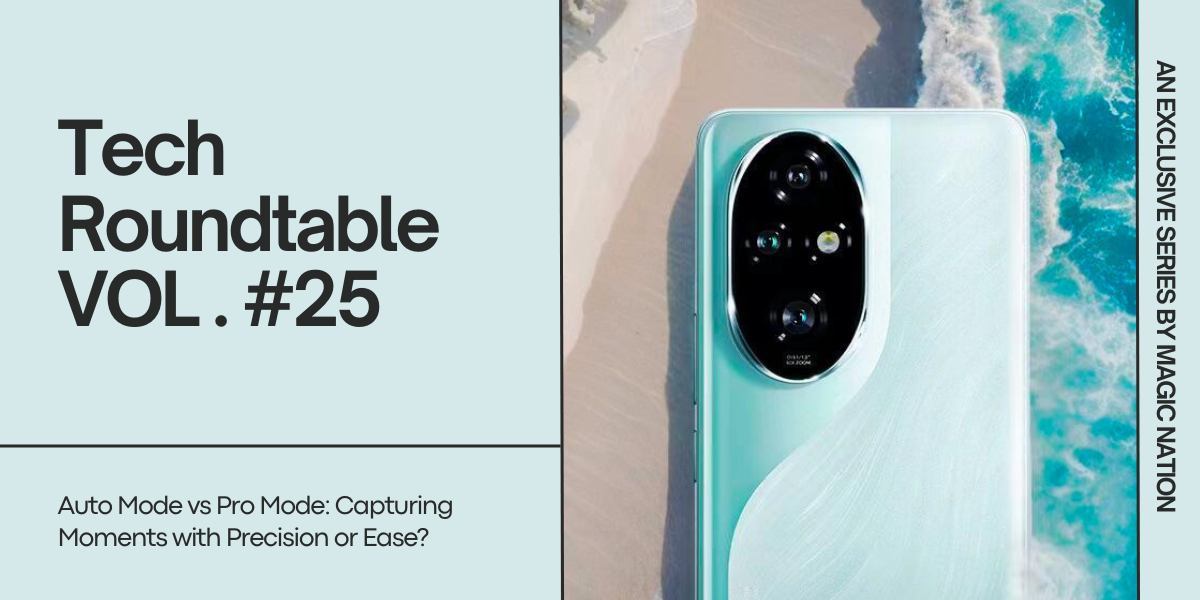
Hello Explorers
Welcome to Episode 19 of Bytes of Blunders, a weekly series in which we explore tech failures aka blunders.
Today, we’re zooming in on the "Polaroid Cube", a camera that seemed ready to bring big fun in a tiny package. It was marketed as an ultra-portable, affordable alternative to action cameras, promising to capture life's highlights with ease. But did it really? Spoiler alert: not exactly.
Stay tuned for an in-depth look at how the Polaroid Cube's small size became its biggest flaw.
Polaroid Cube: Shrinking Expectations

In 2014, Polaroid introduced the Cube, a cute, tiny action camera designed to compete with GoPro in the adventure-cam market.
What was its unique selling point?
The Cube's small form factor was meant to make it the ultimate portable camera. It measures only 1.4 inches and was meant to be versatile and compact, making it an actual grab-and-go camera. Unfortunately, its small size created some big problems.
1. Tiny Form Factor, Tiny Image Quality: The Cube’s biggest attraction was also its biggest issue. Customers expected decent image quality for around $100, but what they got felt more like a throwback. Photos and movies with a 6-megapixel camera were often blurry and lacking in quality. Adventurers who wanted to preserve their high-energy moments were left with footage that looked like it was shot on a flip phone.Let's look at why the Cube became more of a box of broken promises.
2. Limited Battery, Limitless Frustration: The Cube was small, but so was the battery. With an average runtime of less than 90 minutes, it hardly lasted through even short trips. When it ran out, recharging required suspending all action. Not perfect for capturing an entire day's worth of memories.
3. Magnet Mounting, Until It Falls Off: The Cube used a magnetic mounting system, which was an unique idea that sadly didn’t work. The magnet, designed to stick to metal surfaces, was weak and easily detached. Many users reported their Cubes falling off during activities, resulting in unfortunate cracks or damage.
4. Tough Design, but Tough Luck on Durability: The Cube was marketed as rugged and its outer shell was really tough. However it was not waterproof without an additional case, which cost extra. Many customers weren't happy with the lack of protection provided for outdoor or underwater shooting. Durability is essential in the rugged camera market and the Cube's lack of waterproofing made it unacceptable.
5. Limited Controls and Basic Features: The Cube's controls were simple, which had both advantages and disadvantages. Its one button mechanism made it simple but also painfully limited. Without an LCD or app support, framing shots and adjusting settings was an issue. Users have little control over their footage, as a result many felt restricted rather than free.
The $15 Million Miniature Mishap

Polaroid Cube, once a hopeful action camera contender, failed to hit the mark.
Polaroid invested millions on this project, expecting to make an impact in the camera market. However, by focusing only on a small size, they ignored essential user needs. The Cube stayed on store shelves.
Here's what we can learn from the Cube's mistakes :Lessons from the Cube Crash
- Compact Isn’t Always Complete: A small size will not compensate for significant reductions in quality and usefulness.
- Rugged Means Ready: Without waterproofing or durability, an action camera simply isn’t built for action.
- Design with the User in Mind: Consumers need basic features to make a camera fun to use.
The Polaroid Cube was a cute concept, but it left customers wanting more. This little camera serves as a reminder that in order for innovation to succeed, usefulness and user experience must be considered.Conclusion
What are your thoughts on the Polaroid Cube? Have you ever tried it, or did you skip the miniature adventure? Please let us know in the comments and don't forget to tell us which tech blunder we should explore in next episode on Bytes of Blunders.
Thank you
sarthhkk













